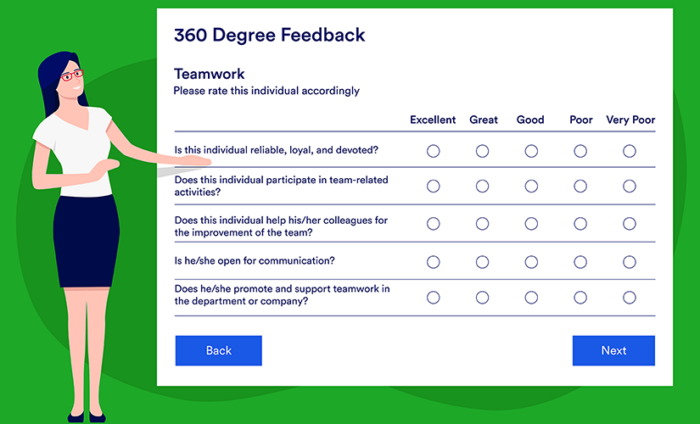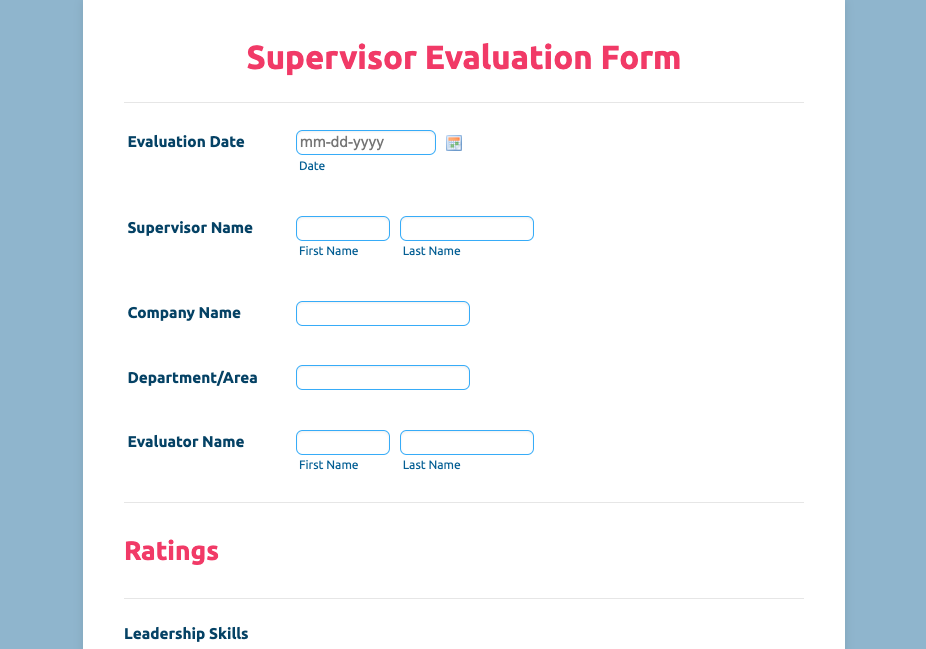Using a 360-degree performance review program
- Have clear goals in mind
- Focus on ongoing improvement
- Leverage technology for the performance review process
- Design a plan of action
- Communicate and build trust
As HR professionals know, performance management plays a critical role in the development of a company’s talent, beginning with the onboarding process. Regular performance appraisals help employers and employees understand where they can make improvements. They also offer opportunities to reward outstanding performance, which increases employee retention.
While there are many types of performance evaluations, the 360-degree review is the one organizations use most. It’s particularly popular for its ability to help an organization develop a “feedback” culture aimed at ongoing job performance improvement for everyone. It’s also a performance appraisal method that tends to be nondiscriminatory because feedback comes from numerous sources, including direct reports.
Pro Tip
Collect important feedback from your employees’ annual performance review with Jotform’s employee evaluation forms.
Defining 360-degree feedback
Used as part of the employee review process, 360-degree feedback is a way to collect constructive feedback from an employee’s subordinates, coworkers, managers, and even the employee who is the focus of the review. By collecting actionable feedback from multiple team members, the reviewer will find it easier to identify the employee’s strengths and weaknesses.
The anonymous information can help the reviewer decide which actions or tools would help the employee address areas for improvement. The results can yield more effective teamwork, greater productivity, and better overall results.
Here are some tips on how to implement a 360-degree performance review program.
Have clear goals in mind
Before implementing a 360-degree feedback program, set a specific goal for the review. It’s a good idea to tie one or more goals to the core values of your company and reflect the organizational culture.
Identify why the feedback program is necessary, who will participate, and what type of outcomes you expect. The review process then becomes part of the actions you use to reinforce those values and the culture in team members.
Focus on ongoing improvement
Successful talent management and goal achievement both rely on continual improvement. To get better incrementally at roles and responsibilities, build knowledge, and expand skills, HR professionals must align the desired positive changes with objective feedback, whether positive or negative.
The 360-degree feedback program should include follow-up processes that address all the performance feedback as part of a long-term performance and employee development program.
Create a schedule that charts how your organization will conduct regular feedback reviews throughout the year as part of recurring employee performance reviews. Going forward, all annual reviews should include peer feedback.
With everyone receiving the same input from other staff members, it will be easier to link the company’s goals of continual improvement with individual and team performance.
Leverage technology for the performance review process
Once you’ve established goals and put the structure in place for your 360-degree employee feedback process, the next step is to evaluate available software and technology to facilitate your efforts. After all, the peer feedback process shouldn’t be time-consuming for busy team members.
For example, Jotform can help you collect 360-degree feedback from managers and peers. It can also help simplify the process of collecting self-evaluations. Additionally, you can use the forms to digitally present and share the evaluation results with the team.
Whatever digital employee development solution you use for your 360-degree performance program, make sure it’s secure and capable of rendering an aggregated picture of the feedback. The technology you select should also make it easy to follow up on that feedback and address past feedback during future employee evaluations.
Design a plan of action
Taken on its own, feedback doesn’t develop people. Before your HR team executes the 360-degree review program, put plans in place to use the feedback to improve employee competencies and drive enhanced performance.
Make sure formal learning and development structures support the 360-degree feedback process. Depending on your company’s goals and budget, this may include a series of training workshops, online skills development courses, or leadership development programs. The overall goal of this step is to identify and provide development opportunities for your talent.
Communicate and build trust
Although planning, technology, and management are all critical factors of a successful 360-degree performance program, the program’s success will still come down to employee engagement. HR, in alignment with company leaders, must clearly communicate the purpose and outcomes for this type of performance evaluation program.
Use a company-wide meeting and other channels, like email and a company portal, to explain how the program works, how it maintains confidentiality and anonymity, and what type of resources are available to act on the feedback. Doing this will significantly improve how your team receives the program and how it delivers results. That’s because your talent will feel safe, confident, and even excited about the new component of the company’s performance evaluation program.
A successful approach to employee and leadership development
All programs related to your talent should have a simple and digestible format, be easy to use, and align to the organization’s goals and culture. When thoughtfully designed, implemented, and tracked, a 360-degree feedback program can boost employee morale, retain talent, and enhance overall performance.





























Send Comment: